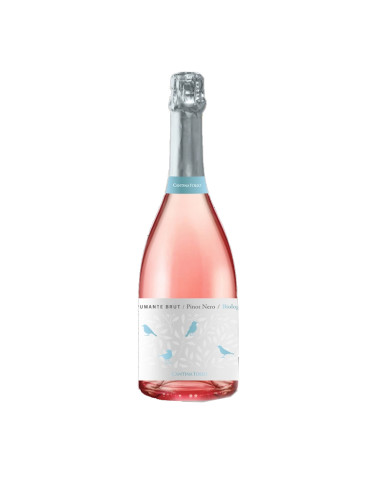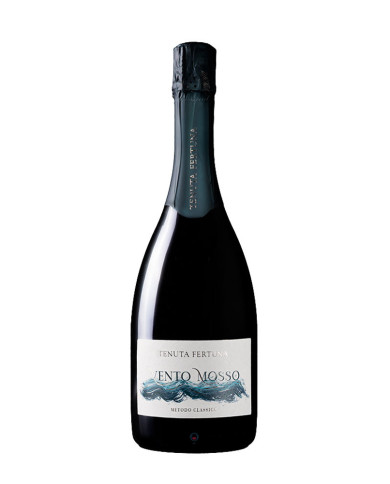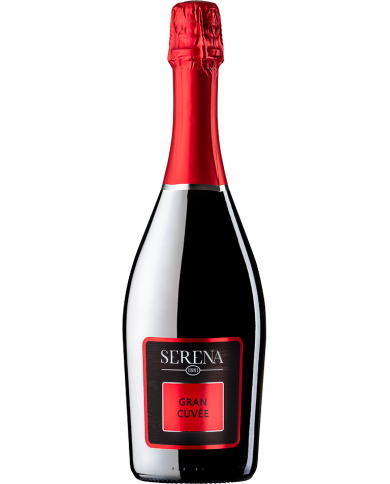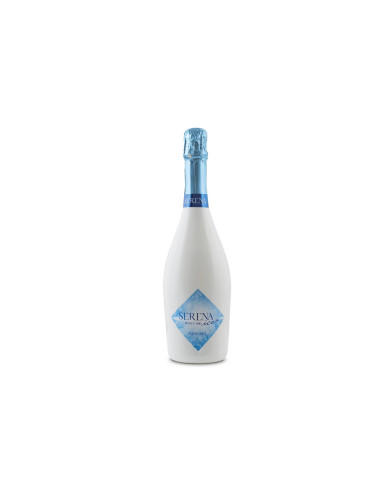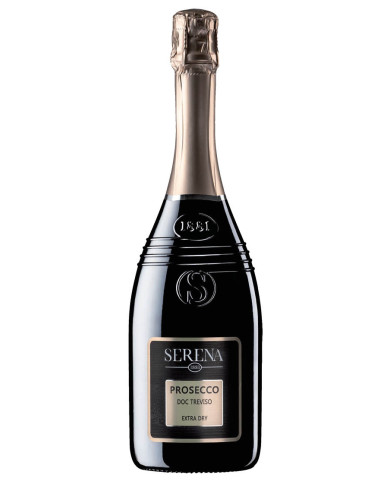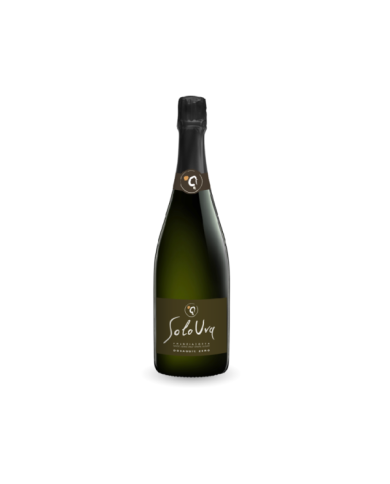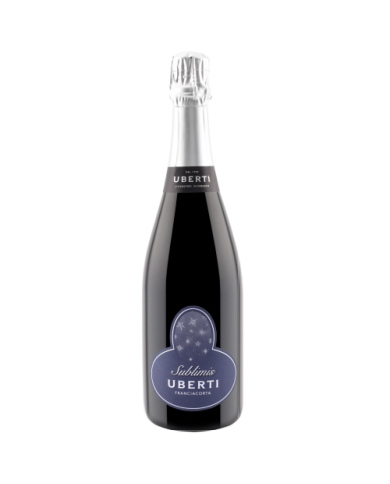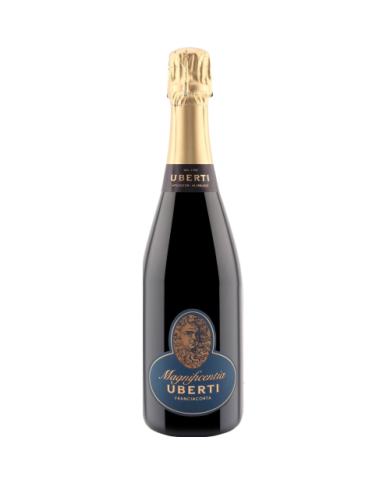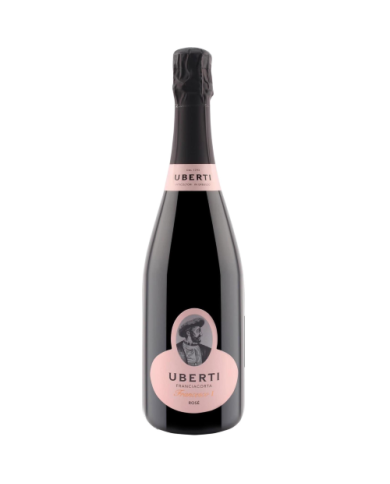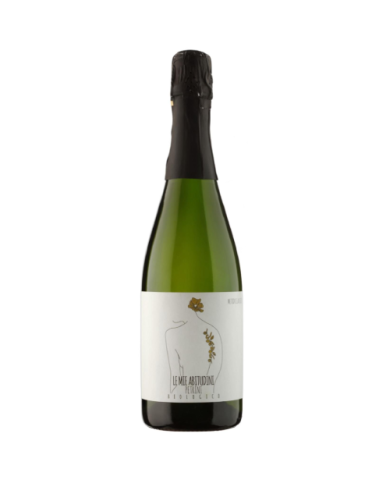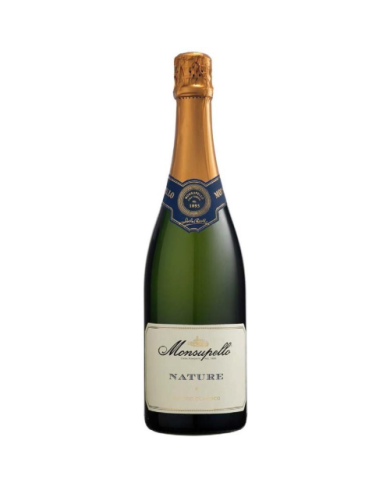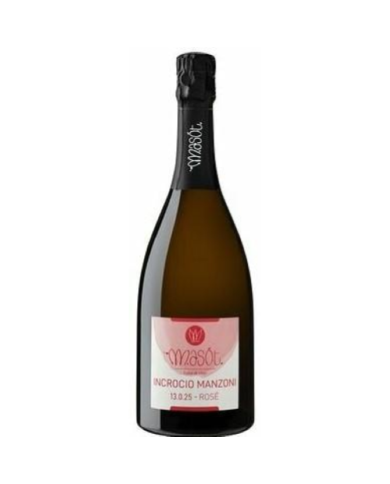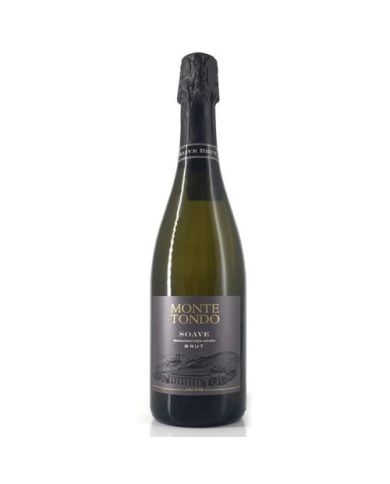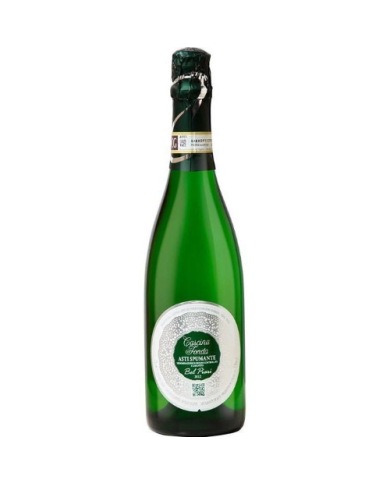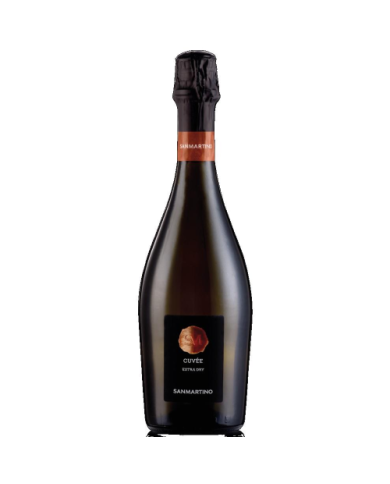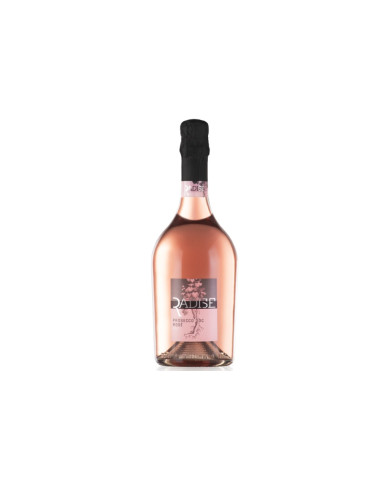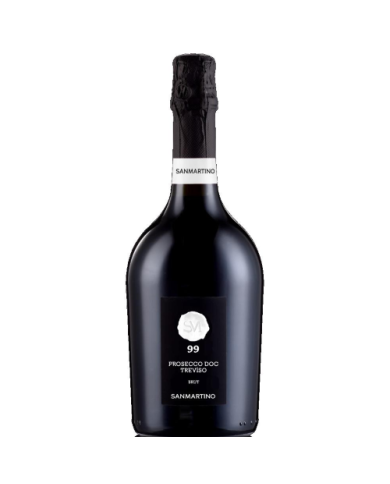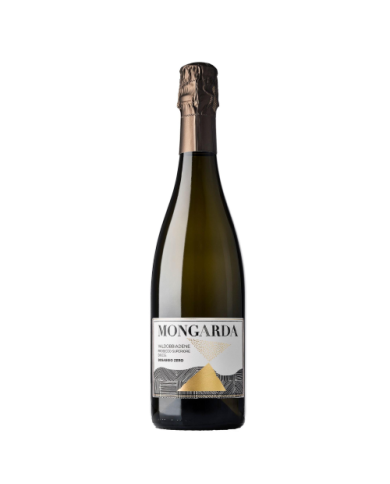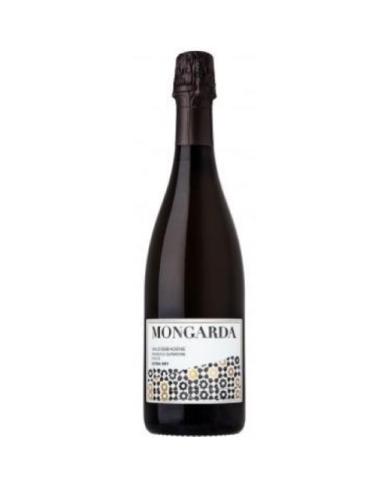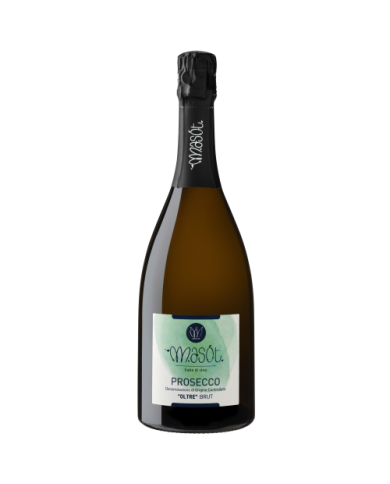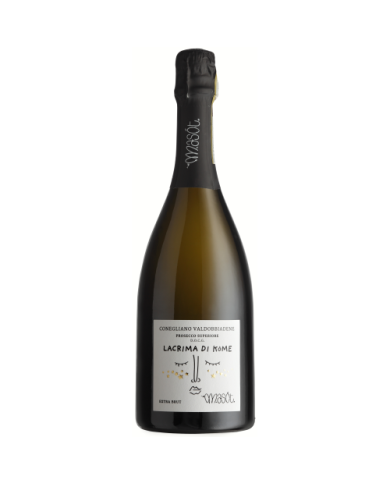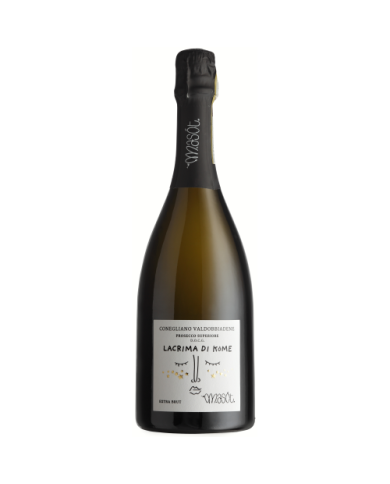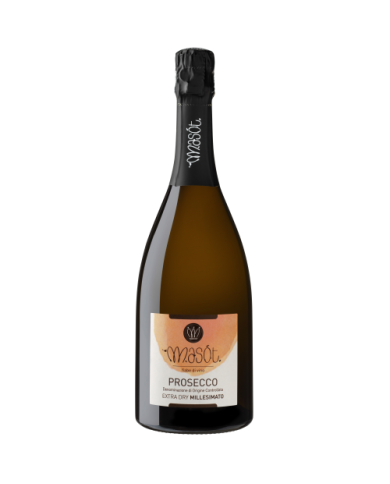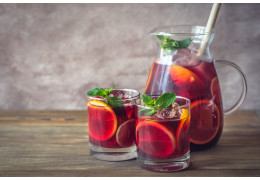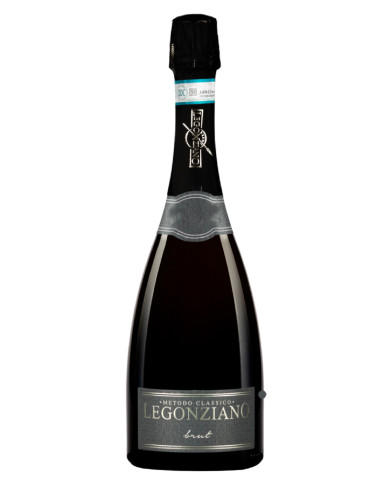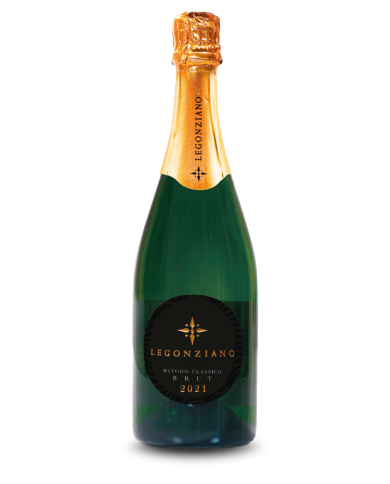Well balanced between fresh acidity and moderate residual sugars, with a creamy consistency and a long finish. Pairings A sparkling wine with many combinations with the possibility of being served throughout the meal. Excellent as an aperitif and with appetizers.
VINES 100% White berried vines VINIFICATION Second fermentation in steel autoclave at controlled temperature Subsequent bottling and storage in thermo-controlled rooms CHARACTERISTICS Pale straw yellow colored wine, with lively perlage The aromas are pleasantly fresh with fruity nuances of yellow fruit, peach and apricot In the mouth it is clean with a pleasant gustatory harmony. Pairings excellent as an aperitif or with first courses and delicate fish main courses
Wine with a pale straw yellow color and a lively perlage. The aromas are pleasantly fresh with fruity nuances of yellow fruit, peach and apricot. In the mouth it is sweet, harmonious with a pleasant freshness on the palate.
VINES 100% Glera VINIFICATION The grapes are harvested rigorously by hand to then undergo a soft pressing. The must thus obtained is fermented at a temperature between 18 and 20┬░C CHARACTERISTICS Able to tease and satisfy even the most demanding palates Pale straw yellow with fine and persistent perlage decidedly fruity bouquet with hints of wisteria, acacia flowers and rennet apple fragrant, fresh and pleasantly acidulous on the palate Suitable for any type of occasion Excellent with delicate appetizers or fish dishes
Dopo una rigorosa selezione dei grappoli ed una leggera pigiatura, la fermentazione del mosto avviene, in tini di rovere naturale da 32hl. In seguito al tiraggio in primavera, trascorre un periodo di oltre 72 mesi sui lieviti e dopo la sboccatura trascorrono almeno 6 mesi prima della messa in commercio.
Da unŌĆÖattenta selezione delle nostre uve bianche otteniamo un ottimo spumante con un perlage persistente ottimo come aperitivo e da miscelazione, adatto anche a piatti di pesce e fritture miste
Elegante armonia di profumi di frutta fresca, mela e fragola. Fresco e delicato, il Prosecco Ros├® Millesimato Brut ├© ottimo come aperitivo e in abbinamento ad affettati e piatti leggeri
├ł un prodotto dŌĆÖannata che fa prevalere i sentori di fiori; al palato risulta armonico dal retrogusto equilibrato, con una bollicina molto sottile e persistente dovuta allo stazionamento lungo nei lieviti.
Sarmede (TV) - Glera 100% affinamento per 4 mesi DATI TECNICI 11,5% vol residuo zuccherino 16 g/l ABBINAMENTO ottimo come aperitivo; si esprime al massimo con dolci e pasticceria
Sale of Sparkling Wines: how to choose the best and best match it
Sparkling wine is a wine with a festive and sparkling character, ideal to accompany moments of celebration and conviviality. In Italy, the production of Sparkling Wines is very varied and includes a vast range of varieties, from Prosecco to Champagne, passing through Franciacorta and Trento DOC .
In this article, we will guide you in discovering the world of Sparkling Wines, with advice for choosing the right wine based on your preferences and occasions, food pairings and tasting suggestions.
How are sparkling wines produced?
Sparkling wines are produced through a fermentation process which allows the production of bubbles inside the wine. There are two main methods for producing Sparkling Wines: the Classic Method and the Charmat Method.
Each Spumante has its own production method, which influences both its flavor and the final price. The main production methods are the Classic Method, the Charmat Method and the Martinotti Method.
The Classic Method is the most expensive and artisanal method, used to produce high quality sparkling wines such as Champagne. In this method, the second fermentation takes place in the bottle, with the yeast settling to the bottom of the bottle and being removed via the disgorgement process. This process takes a lot of time and attention, which is reflected in the final price of the product.
The Charmat Method is used to produce lighter and fruitier sparkling wines. In this method, the second fermentation takes place in large stainless steel tanks, where the wine is kept under pressure to create the carbonation. After fermentation, the wine is filtered and bottled.
The Martinotti Method , also known as the Italian Method or Tank Method, is a modern method used to produce high quality sparkling wines such as Prosecco. In this method, the second fermentation takes place in large stainless steel tanks, where the wine is kept under pressure to create the carbonation. After fermentation, the wine is filtered and bottled.
In addition to the production method, the type of grape used also affects the flavor and the final price of the sparkling wine. The main types of grapes used for the production of sparkling wines are Chardonnay, Pinot Noir and Glera.
Chardonnay is a white raisin used to make high quality sparkling wines such as Champagne. It has a fruity flavor and a buttery note.
Pinot Noir is a black raisin used to make high quality sparkling wines such as ros├® Champagne. It has an intense and complex flavour, with notes of wild berries and spices.
Glera is a white raisin used to produce Prosecco. It has a fresh and fruity flavour, with notes of green apple and pear.
Bottom line, the choice of sparkling wine comes down to your personal taste and the occasion you're drinking it. Sparkling wines are a great choice for parties and celebrations, but they can also be enjoyed as an aperitif or as an accompaniment to a light meal. With the vast array of sparkling wines available on the market, there is sure to be one to suit every taste and budget.

